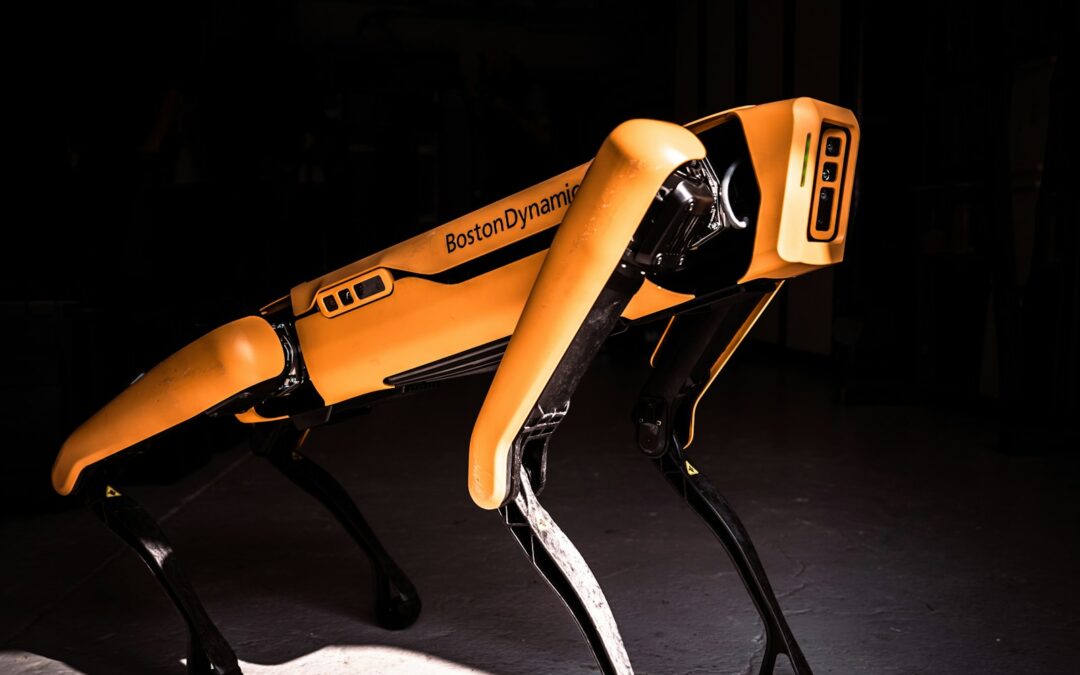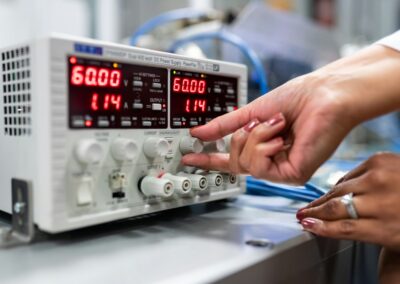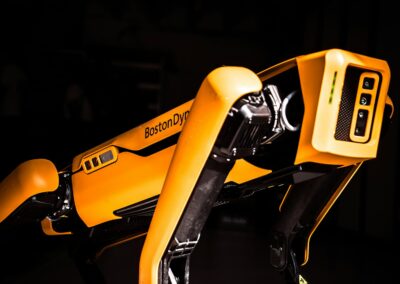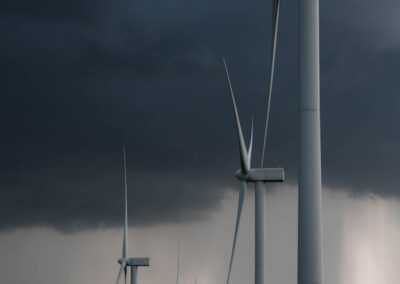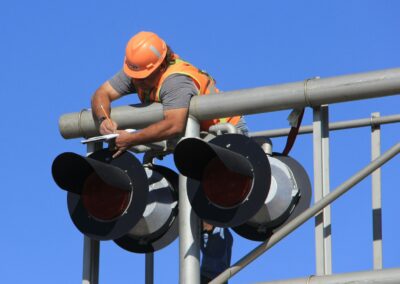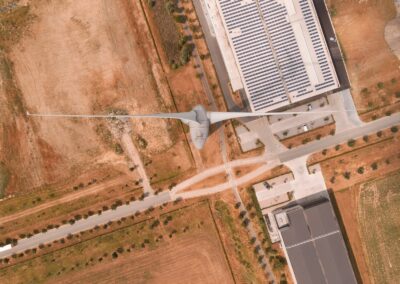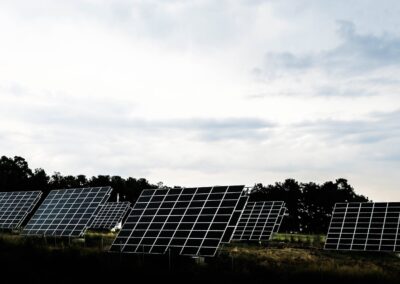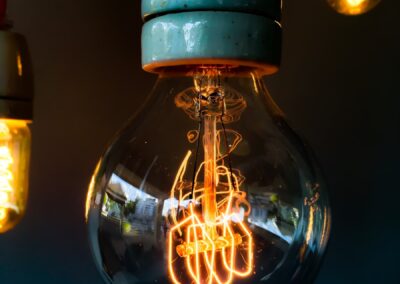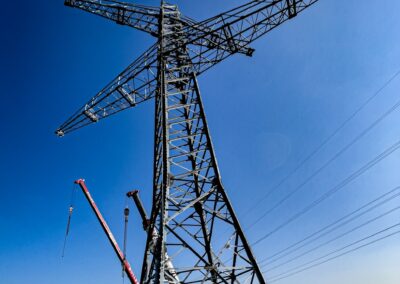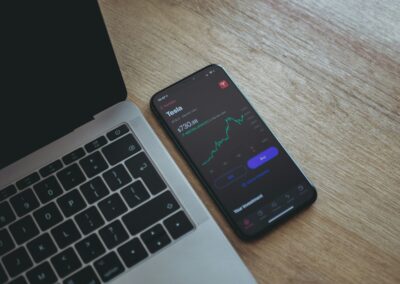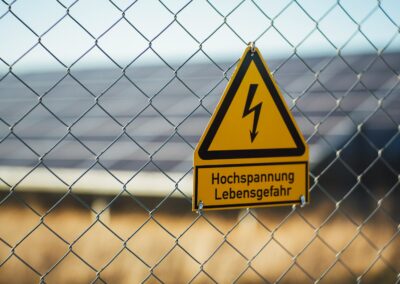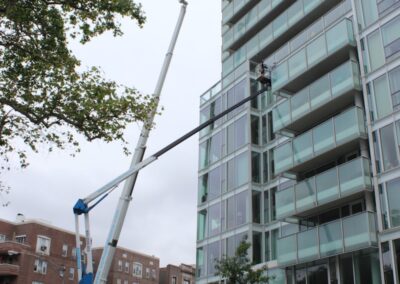The Transformative Power of Real-Time Monitoring and Analysis
Introduction to Digital Twins in Predictive Maintenance
The application of digital twins in predictive maintenance for energy infrastructure represents a groundbreaking shift in how companies monitor and manage their equipment. Digital twins are virtual models of physical assets, enabling real-time monitoring and data analysis. This technology is transforming the energy sector by enhancing the efficiency, reliability, and performance of energy infrastructure.
In the context of Saudi Arabia and the UAE, where energy infrastructure is extensive and critical to economic development, the adoption of digital twins is particularly beneficial. Cities like Riyadh and Dubai are leading the way in leveraging advanced technologies to optimize their energy systems. By implementing digital twins, these cities can ensure more resilient and efficient energy networks, reducing downtime and maintenance costs.
For business executives, mid-level managers, and entrepreneurs in the energy sector, understanding the capabilities of digital twins is essential. This technology not only improves equipment performance but also offers a competitive edge in an industry increasingly focused on innovation and sustainability. Embracing digital twins in predictive maintenance aligns with global trends towards smart and sustainable cities, particularly in the Middle East.
Real-Time Monitoring for Enhanced Efficiency
One of the most significant advantages of using digital twins in predictive maintenance for energy infrastructure is the ability to conduct real-time monitoring of equipment performance. Traditional maintenance practices often involve scheduled inspections and reactive repairs, which can result in unexpected downtime and higher costs. Digital twins, however, provide continuous data collection and analysis, allowing for proactive maintenance and immediate response to potential issues.
In regions like Saudi Arabia and the UAE, where energy demands are high and the infrastructure is extensive, real-time monitoring is crucial. Digital twins can track the performance of critical equipment such as turbines, transformers, and distribution networks, identifying anomalies and inefficiencies. This continuous monitoring enables maintenance teams to address issues before they escalate, ensuring that the energy supply remains stable and reliable.
Moreover, digital twins facilitate the integration of predictive analytics, allowing for more accurate predictions of equipment failures and maintenance needs. By analyzing historical data and real-time inputs, digital twins can predict when a piece of equipment is likely to fail and recommend preventive measures. This proactive approach not only reduces downtime but also extends the lifespan of critical assets, resulting in significant cost savings for energy companies.
Optimizing Equipment Performance through Data-Driven Insights
The use of digital twins in predictive maintenance for energy infrastructure extends beyond real-time monitoring to include sophisticated data-driven insights that optimize equipment performance. Digital twins can simulate various operating conditions and test different maintenance strategies, providing valuable recommendations to improve efficiency and reliability.
In cities like Riyadh and Dubai, where the energy sector is a cornerstone of economic growth, optimizing equipment performance is essential. Digital twins can help energy companies balance load distribution, manage peak demand, and integrate renewable energy sources more effectively. For instance, by simulating the impact of integrating solar or wind energy into the grid, digital twins can identify the optimal configuration to maximize efficiency and minimize disruptions.
Furthermore, digital twins support the implementation of advanced maintenance strategies such as condition-based maintenance (CBM) and reliability-centered maintenance (RCM). By continuously monitoring equipment condition and performance, digital twins can trigger maintenance activities based on actual wear and tear rather than fixed schedules. This approach ensures that maintenance is performed only when necessary, reducing unnecessary downtime and maintenance costs.
Challenges and Future Prospects
While the benefits of digital twins in predictive maintenance for energy infrastructure are substantial, there are challenges that need to be addressed to fully realize their potential. Ensuring the accuracy and reliability of digital twins requires high-quality data and advanced analytical tools. Additionally, integrating digital twins into existing maintenance practices necessitates significant investment in technology and training for professionals.
In regions like Saudi Arabia and the UAE, where there is a strong commitment to technological innovation, these challenges are being actively addressed. Governments and private sector players are investing in digital twin technology, fostering partnerships with tech companies to drive their adoption. By overcoming these challenges, the energy sector can unlock the full potential of digital twins, paving the way for smarter and more efficient maintenance practices.
Looking ahead, the role of digital twins in predictive maintenance is set to expand. Advances in artificial intelligence, machine learning, and the Internet of Things (IoT) will further enhance their capabilities, making them even more powerful tools for optimizing energy infrastructure. As these technologies become more integrated into maintenance practices, they will play a pivotal role in shaping the future of the energy sector in cities like Riyadh and Dubai.
Conclusion: Embracing Digital Twins for Predictive Maintenance
The use of digital twins in predictive maintenance for energy infrastructure marks a significant advancement in the energy sector. By enabling real-time monitoring and data-driven analysis, digital twins are transforming the way maintenance is conducted, enhancing the efficiency, reliability, and performance of energy systems. In regions like Saudi Arabia and the UAE, the adoption of digital twin technology aligns with the vision of developing smart, sustainable, and innovative cities.
For business executives, mid-level managers, and entrepreneurs in the energy sector, investing in digital twin technology is a strategic decision that promises substantial returns. By embracing digital twins, energy companies can enhance their operational efficiency, reduce costs, and deliver high-quality services. As digital twin technology continues to evolve, its impact on the energy sector will only grow, driving progress and success in urban development.
—
#DigitalTwins #PredictiveMaintenance #EnergyInfrastructure #RealTimeMonitoring #EquipmentPerformance #SaudiArabia #UAE #Riyadh #Dubai #ArtificialIntelligence #Blockchain #TheMetaverse #ExecutiveCoachingServices #GenerativeArtificialIntelligence #ModernTechnology #BusinessSuccess #LeadershipSkills #ProjectManagement

